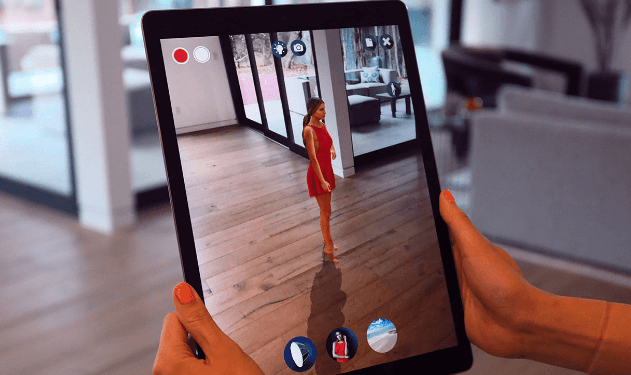Creating Content with the 3D AR

In recent years, the use of augmented Reality (AR) and 3D modeling has revolutionized the way we create and interact with digital Content. Combining these technologies allows for the creation of immersive and interactive experiences that engage users in unique ways.
It allows for creative growth that enhances traditional media by adding aspects that are not simply supplemental but essential to the experience. It also shows where technology might be headed as we progress from simple augmentation to digital tools that feel more natural and immersive. This article will explore the process of content creation with 3D AR, including the tools and techniques used to bring ideas to life.
What is 3D AR?
3 d ar is a combination of augmented reality and 3D modeling that allows users to interact with digital content more immersive and engagingly. It superimposes computer-generated objects onto the real world, creating an interactive and dynamic experience. 3D AR content can be viewed through a variety of devices, including smartphones and tablets, and is commonly used in gaming, marketing, and education.
Tools for Creating 3D AR Content
Creating 3D AR content requires various tools and software to bring your ideas to life. Here are some of the most popular tools for producing 3D augmented reality material:
3D Modeling Software: This software creates 3D objects and characters. Several 3D modeling software programs are available, including Blender, Autodesk Maya, and Cinema 4D.
Augmented Reality SDK: An Augmented Reality SDK (Software Development Kit) is a set of tools and libraries used to create AR applications. AR SDKs are available for several platforms, including Unity, ARKit, ARCore, and Vuforia.
Texturing Software: Texturing software adds color and texture to 3D models. Some popular texturing software includes Substance Painter, Mari, and Photoshop.
Creating 3D AR Content
Creating 3D AR content involves several steps, from conceptualization to the final product. Here are the fundamental steps in producing 3D augmented reality content:
Conceptualization: This is the first step in creating 3D AR content. It involves brainstorming ideas and creating a storyboard or script for the project.
3D Modeling: Once the concept is finalized, 3D modeling software is used to create 3D objects, characters, or environments. The models should be optimized for the intended platform and should be textured using texturing software.
AR Integration: Once the 3D models are created, they are integrated into an AR application using an AR SDK. The AR SDK provides tools for tracking, rendering, and interacting with 3D models.
Testing: After the 3D models are integrated into the AR application, the Content is tested to ensure it works correctly and provides an immersive experience for users.
Publishing: Once the Content is tested and ready, it can be published to the intended platform, such as the Apple App Store, Google Play, or other platforms.
Conclusion:
3D Augmented Reality combines the best features of both traditional media and technology to create a unique way to communicate with the world around us. This new communication tool offers the ability to create 3D objects in ways that have never been accomplished before, which opens up an entirely different realm of content creation with 3D AR possibilities for Designers.
cThe use of AR today is limited, but that’s only because technology is new and evolving. As it continues to develop, there will be more ways for 3D objects to interact with the user. The development of this technology is reliant on the creative and intelligent minds of designers working together to solve complex problems and create an immersive experience for users everywhere.




